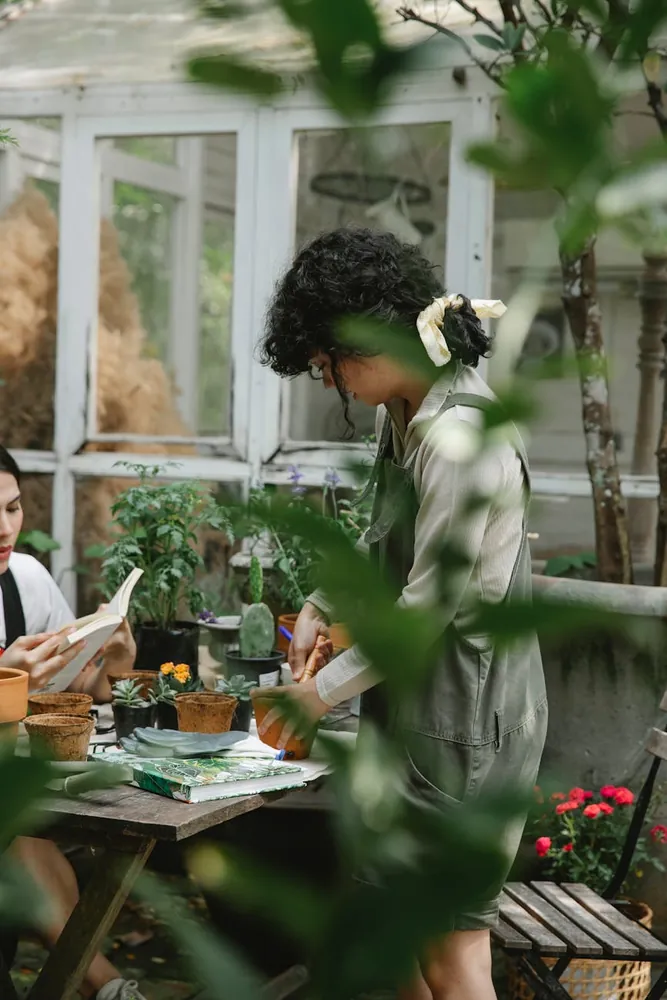Redefining Learning Environments: Sustainable Practices for Schoolyard Redesign

Embracing Nature: The Need for Biodiversity-Friendly Schoolyards
The traditional schoolyard is often characterized by expansive asphalt or concrete surfaces and standardized playground equipment. While functional, these environments offer limited educational value and minimal engagement with nature. By redesigning schoolyards to incorporate biodiversity-friendly features, educators can create vibrant outdoor classrooms that foster environmental education and student engagement.
Creating a biodiverse environment in schoolyards serves multiple purposes: it enhances ecological awareness, provides hands-on learning opportunities, and supports local wildlife. To achieve this, schools need to take a strategic approach that balances educational goals with practical sustainability practices.
Assessing the Current Environment: A Starting Point
The first step in transforming a schoolyard into a sustainable learning environment is conducting a thorough assessment of the existing space. This involves mapping out current vegetation, identifying underutilized areas, and noting potential hazards such as erosion-prone zones. Collaborating with local environmental experts or landscape architects can provide insights into the natural features of the area and how best to enhance them.
Engaging the School Community
Before making any changes, it's crucial to involve the school community, including teachers, students, and parents. Hosting workshops or brainstorming sessions can generate creative ideas and ensure that everyone has a vested interest in the project. This inclusive approach not only builds enthusiasm but also helps identify volunteers who can assist in various stages of the project.
Design Principles for Biodiversity-Friendly Schoolyards
When planning a schoolyard redesign, consider incorporating elements that promote biodiversity and sustainability. Here are some principles to guide the design:
- Native Plantings: Use local plant species that require less maintenance and water. Native plants provide food and shelter for indigenous wildlife, creating a harmonious ecosystem.
- Water Management: Implement rain gardens or bioswales to manage runoff and improve water quality. These features also serve as practical examples of water conservation techniques for students.
- Habitat Diversity: Introduce varied habitats such as wildflower meadows, hedgerows, or small ponds to attract different types of wildlife, from pollinators to amphibians.
- Sustainable Materials: Use recycled or sustainably sourced materials for any new construction, such as benches made from reclaimed wood or pathways of permeable paving.
Flexible Learning Spaces
Create flexible outdoor learning spaces that accommodate different teaching styles and activities. Movable seating arrangements, open lawns for group work, and shaded areas for quiet study can all enhance the outdoor classroom experience.
Integrating Technology for Enhanced Learning
While nature is central to a biodiverse schoolyard, technology can play a complementary role in enhancing educational outcomes. Consider using weather stations to monitor local climate conditions or installing solar panels to teach renewable energy concepts in action. QR codes placed throughout the garden can link to educational resources about the plants and animals present.
Monitoring and Evaluation
A successful redesign requires ongoing monitoring and evaluation to ensure it meets educational and ecological objectives. Establish clear metrics to assess student engagement and biodiversity improvements. For instance, track the number of species observed before and after the redesign or evaluate changes in student participation in outdoor activities.
Incorporating Curriculum into Outdoor Learning
An outdoor classroom provides unique opportunities to incorporate environmental topics across various subjects. Science classes can conduct experiments on soil composition or plant growth, while art classes might use natural materials for creative projects. Encourage interdisciplinary projects that tie together math, science, art, and social studies in the context of environmental stewardship.
Practical Steps for Teachers
For teachers looking to integrate these outdoor elements into their lessons, here are practical steps:
- Align with Curriculum Goals: Identify existing curriculum standards that can be met through outdoor activities.
- Create Lesson Plans: Develop detailed lesson plans that utilize different areas of the schoolyard.
- Set Learning Objectives: Clearly define what students should learn from each outdoor session.
Sustainability Beyond the Schoolyard: Community Engagement
The impact of a schoolyard redesign extends beyond school boundaries. Encourage community involvement by hosting open days where local residents can visit and learn about sustainable practices. Partnering with local businesses or environmental organizations can also provide additional resources and expertise.
Encourage students to take their learning home by initiating community projects such as neighborhood clean-ups or tree planting events. These activities reinforce the principles learned at school and promote a culture of sustainability within the wider community.
The Role of Policy and Funding
Implementing a comprehensive schoolyard redesign may require significant investment in terms of time and money. Schools should explore various funding options such as government grants for green projects or partnerships with local businesses interested in corporate social responsibility initiatives.
Advocacy at the policy level can also drive change by highlighting the educational benefits of biodiverse schoolyards. School administrators should engage with policymakers to advocate for supportive policies and funding streams dedicated to sustainability education.
Case Studies: Success Stories
Look to successful examples of other schools that have transformed their environments into thriving outdoor classrooms. Schools like Lincoln Elementary in Anytown, which converted unused space into a vibrant native garden, have reported increased student interest in science and higher rates of engagement during outdoor lessons.
Conclusion: A Call to Action
The journey towards a sustainable, biodiversity-friendly schoolyard is both challenging and rewarding. By embracing natural elements and integrating them into everyday learning experiences, educators can inspire future generations to appreciate and protect our planet. It's time for schools everywhere to redefine their learning environments for a more sustainable future.